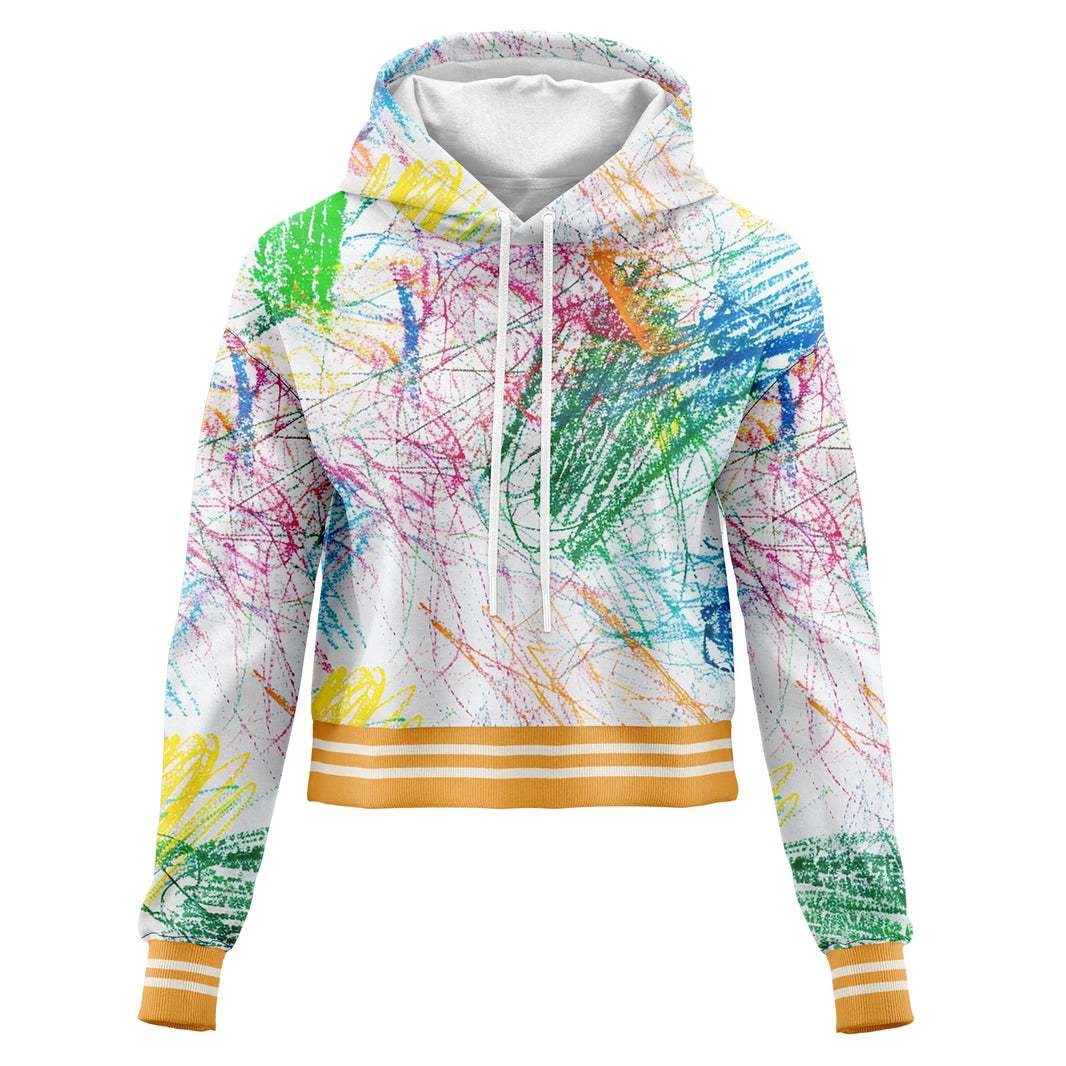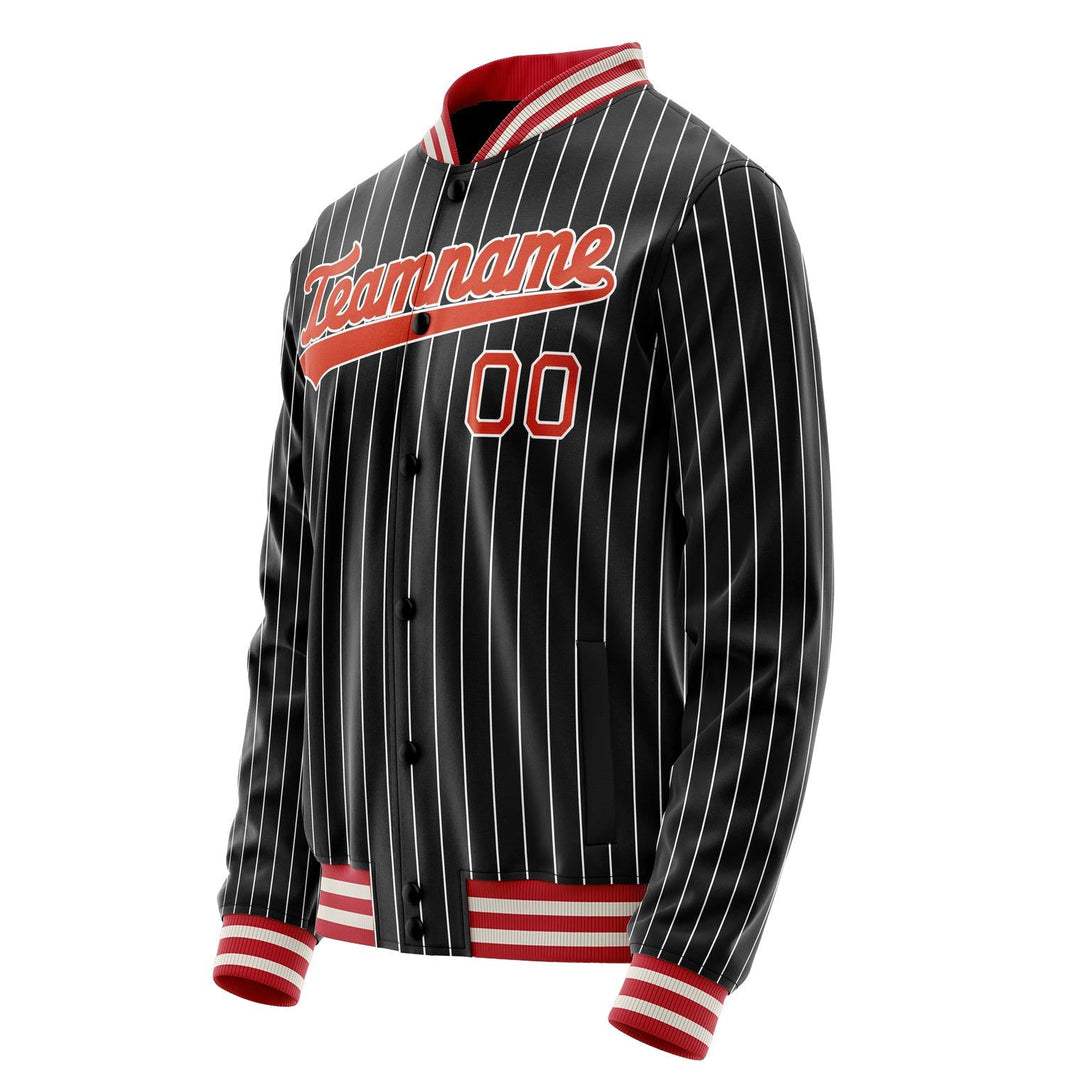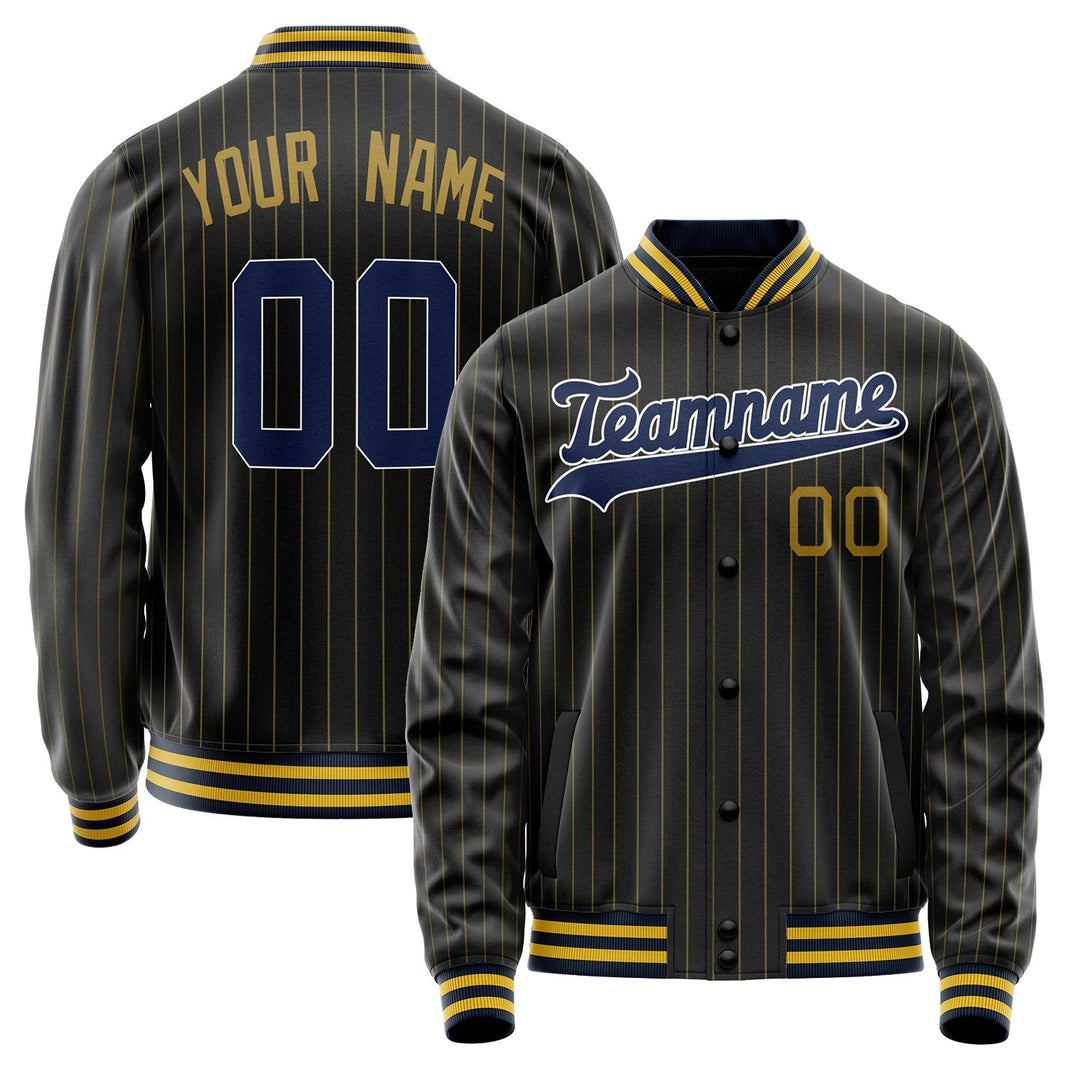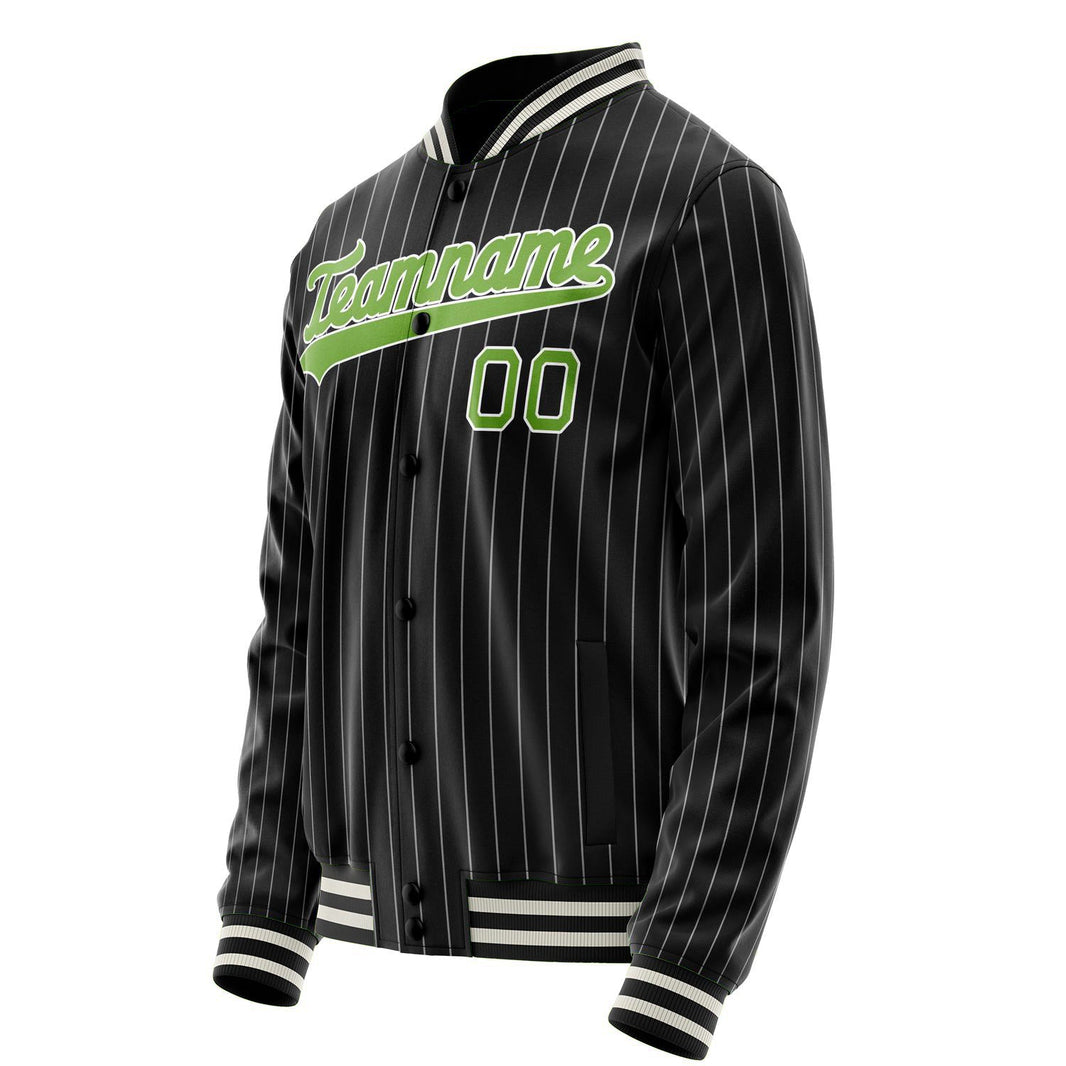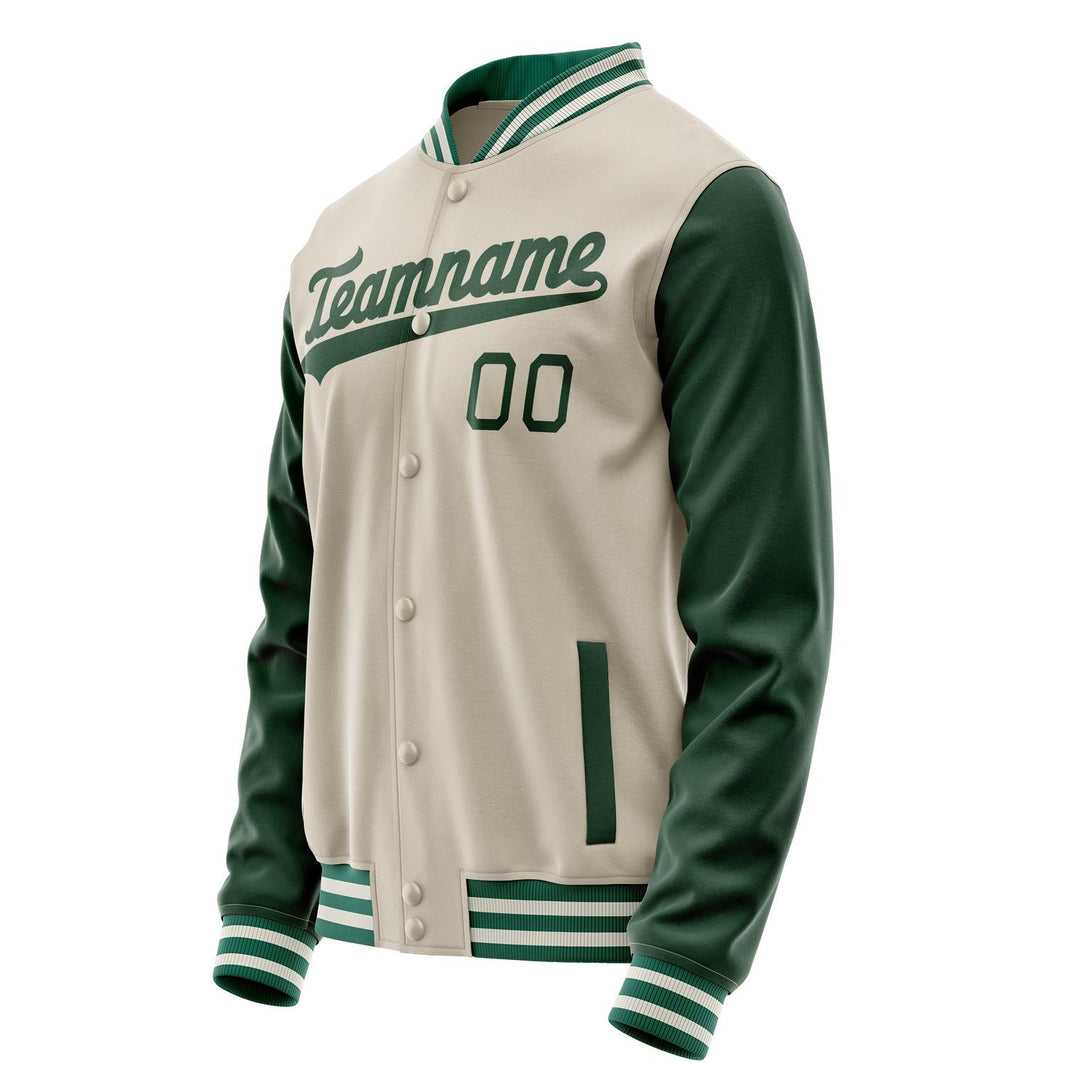The world of outerwear is at a crossroads. For decades, the pinnacle of performance and style was defined by time-tested, petroleum-based materials and traditional construction methods. Today, a new paradigm is emerging, driven by environmental consciousness and technological innovation. This comprehensive guide delves into the fascinating design differences between classic jackets and their modern, eco-conscious counterparts, exploring not just what they are made of, but the very philosophy behind their creation.
For the discerning consumer, understanding this shift is crucial. Whether you're loyal to the rugged heritage of certain mens jacket styles or are curious about the future of fashion, this analysis will equip you with the knowledge to make an informed choice that aligns with your values and aesthetic.
Part 1: The Foundation - A Tale of Two Philosophies
Classic Jackets: A Legacy of Function and Form
Classic jackets are built on a foundation of proven performance and historical authenticity. Think of the iconic military style jackets like the MA-1 bomber or the M-65 field jacket. Their design DNA is rooted in specific, often extreme, functional needs: durability for soldiers, weatherproofing for sailors, and abrasion resistance for motorcyclists.
The philosophy is one of uncompromising utility. Materials were chosen for their ability to withstand harsh conditions. This led to the dominance of heavy-duty cotton canvas, leather, and early synthetic fabrics like nylon and polyester, all treated with durable water repellent (DWR) coatings that often contained perfluorinated compounds (PFCs).
The aesthetic is equally driven by this history. The silhouette of a classic military style jacket, with its epaulets, gun flaps, and robust zippers, is a direct carryover from its utilitarian origins. Similarly, the fringed suede and shearling lining of traditional western style jackets were born from the practical demands of ranch life on the American frontier. These are not mere fashion choices; they are frozen moments of functional history.
Sustainable Jackets: The New Ethos of Conscious Creation
Modern eco-friendly jackets are founded on a philosophy of circularity and reduced environmental impact. The goal is not merely to keep the wearer dry and warm, but to do so with minimal harm to the planet throughout the garment's entire lifecycle.
This philosophy impacts every design decision, from sourcing to end-of-life. It prioritizes recycled materials, non-toxic dyes, and manufacturing processes that conserve water and energy. The aesthetic of sustainable jackets is often more minimalist and forward-looking, though many brands are brilliantly reinterpreting classic mens jacket styles through this green lens. The design challenge is to replicate or even surpass the performance of classic materials while leaving a lighter footprint.
Part 2: The Technical Divide - Materials and Manufacturing
Classic Material Science: Refining the Tried-and-True
The classic approach relies on highly refined versions of traditional materials.
-
Waxed Cotton: Used in brands like Barbour, this fabric is iconic. The wax treatment creates a formidable water barrier, and the cotton base is breathable. However, it requires regular re-waxing, is heavy when wet, and its production is resource-intensive.
-
Leather: A byproduct of the meat industry, leather jackets are celebrated for their durability and unique patina. Yet, the tanning process is notoriously polluting, often involving heavy metals like chromium.
-
PrimLoft® and Virgin Synthetics: The insulation in many classic puffer jackets is often virgin polyester-based PrimaLoft® or down. While exceptionally warm and lightweight, these rely on fossil fuels (in the case of synthetics) or can raise animal welfare concerns (down).
The production of these classic military style jackets and other heritage pieces was linear: take, make, dispose. The focus was solely on the product's functional life, not its eventual demise.
Sustainable Material Innovation: The New Frontier
Eco-jackets are a showcase of material science innovation.
-
Recycled Fabrics: The most common advancement is the use of recycled nylon and polyester, often sourced from post-consumer plastic bottles or discarded fishing nets. This gives waste a new life and significantly reduces the carbon footprint compared to virgin materials.
-
Bio-Based Materials: This is the true cutting edge. Fabrics like Piñatex (made from pineapple leaf fibers) and mushroom-based leather (Mylo) are emerging as viable, cruelty-free alternatives for styles inspired by western style jackets and other leather-centric designs.
-
Plant-Based Insulation: Insulations like PrimaLoft® Bio, which is made from recycled polyesters and is biodegradable in specific environments, are challenging the status quo. Similarly, responsibly sourced down with traceability certifications is becoming the norm for high-end sustainable brands.
The manufacturing process is also revolutionized. Waterless dyeing technologies, PFC-free DWR coatings, and factories powered by renewable energy are becoming key selling points, transforming the entire lifecycle of modern mens jacket styles.
Part 3: The Aesthetic and Cultural Shift
The Enduring Appeal of Heritage
Classic jackets carry an inherent story. Wearing a well-worn military style jacket connects you to a lineage of history and grit. The patina on a leather western style jackets isn't a flaw; it's a record of its journey. This cultural weight is powerful. The current trend of "gorpcore" (outdoor aesthetics in urban settings) and the perpetual revival of workwear have cemented the status of classic mens jacket styles as timeless fashion staples. Collaborations between high-fashion houses and heritage workwear brands further validate their enduring relevance.
Sustainability as a Style Statement
Sustainable jackets are crafting their own narrative—one of innovation, responsibility, and modern minimalism. The aesthetic is often cleaner, with a focus on technical details and versatile color palettes. However, the most successful brands aren't abandoning the past; they are re-contextualizing it. You can now find a military style jackets cut from recycled canvas with a bio-based water repellent coating, or a western style jackets silhouette crafted from apple leather.
Wearing a sustainable jacket is increasingly a conscious style statement. It signals that the wearer is informed, forward-thinking, and values-aligned. Collaborations here often involve environmental non-profits or artists who champion ecological causes, adding a layer of activism to the garment.
Part 4: A Practical Guide for the Modern Consumer
So, how do you choose? The decision isn't necessarily about right or wrong, but about what best serves your needs and values.
When to Choose a Classic Jacket:
-
For Unmatched Heritage and Patina: If you value a garment that tells a story and ages with character, a classic waxed cotton or leather jacket is unparalleled.
-
For Specific, Rugged Use: For activities that demand extreme abrasion resistance, some classic materials may still hold an edge.
-
As a Long-Term Investment Piece: A high-quality classic jacket, if cared for, can last for decades, becoming a wardrobe heirloom.
When to Choose a Sustainable Jacket:
-
For Aligning with Personal Values: If reducing your environmental impact is a priority, a sustainable jacket is the clear choice.
-
For Cutting-Edge Performance: Often, the latest sustainable materials offer comparable or superior performance (e.g., lighter weight, better packability) with a cleaner conscience.
-
For a Modern, Versatile Aesthetic: If your style leans towards minimalist, technical looks, sustainable brands often lead in this area.
Styling Both Worlds
The beauty of modern menswear is the ability to blend these worlds. A vintage military style jackets looks incredibly contemporary when paired with slim-fit trousers and minimalist sneakers. Conversely, a sleek, tech-focused sustainable puffer can be elevated when worn over a crisp button-down shirt and tailored trousers. The key is understanding that both classic and sustainable mens jacket styles offer a rich vocabulary for personal expression.
Conclusion: The Future is a Fusion
The dialogue between classic and sustainable jacket design is not a battle with a single winner. It is a necessary and productive evolution. The future of outerwear lies in a fusion of these philosophies—harnessing the timeless aesthetics and proven durability of classic military style jackets and western style jackets while embracing the innovative, earth-conscious materials and processes of sustainability.
The most forward-thinking brands are already on this path, creating garments that honor the past while safeguarding the future. As a consumer, you now have the power to participate in this exciting shift. By understanding the design differences, you can choose not just a jacket, but the kind of world you want to wear into the great outdoors.


